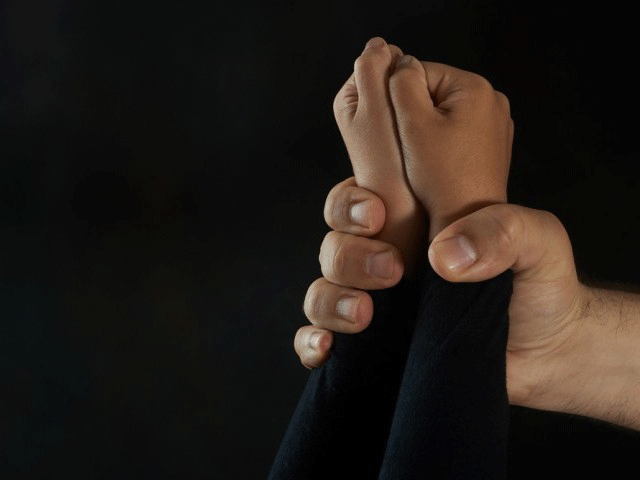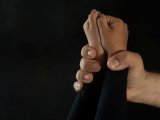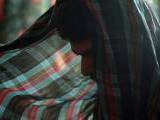
ISLAMABAD:
Child sexual abuse cases rose in the country by 36 per cent this year as compared to similar crimes reported during the previous year, according to figures released by a local advocacy group.
Citing data from January to June 2016, non-governmental organisation Sahil said a total of 2,127 cases of child sexual abuse were reported in 86 local and national English and Urdu dailies of the country. Some 1,565 cases were reported during the same period last year – indicating an increase of 562 cases.
Child sexual abuse: Gang rape accused arrested
Punjab catalogued 63% cases, followed by Sindh where 24% of the incidents were reported. The reported cases from Sindh increased to 77% and the cases from Khyber-Pakhtunkhwa (K-P) increased to 66% as compared to the data from Jan-Jun 2015.
Ninety-seven cases of child marriages were also reported from Jan-June 2016, compared to 34 cases in Jan-June 2015.
In a majority of instances, the actual offence (946 to be exact) was committed by acquaintances. However, more than half of those offences (413) were committed by strangers.
The data indicates that in most cases (1,079 instances), the place of abuse was not mentioned; while 318 assaults were carried out at the victims’ place and 276 at the attackers’ place. Some 164 abuse cases were carried out in the fields, 115 in the streets, 38 in forests or jungles, 30 in havelis, 22 in madrassas, 18 in shops, 16 in schools and 51 at miscellaneous places like the workplace, marriage halls, hotels or shrines.
“These are just the number of reported cases, however, it is estimated that the number of unreported cases must be two to three times more than these numbers,” Sahil’s programme officer media, Mumtaz Gohar, told The Express Tribune.
“The most shocking and unusual thing which has been witnessed this year is that more boys aged 0-5 and 11-15 years became victim of sexual abuse than girls. However, more girls aged between 16-18 years became victim of sexual abuse,” he said.
However, Gohar said, the good thing is that after the unfortunate Kasur child abuse scandal, now talking about child sexual abuse in Pakistan is no more a taboo.
“Now we see parents and the relatives of sexual abuse victims taking to the streets, protesting and registering FIRs. Meanwhile we have also seen open debates on this issue on TV channels,” said Gohar.
Woman accuses father-in-law of sexual abuse multiple times in Mingora
According to the six-month data, the cases of gang sodomy increased by 71%, attempted rape by 61%, sodomy by 46% and cases of rape increased by 20% as compared to the data of Jan-Jun 2015. “It is a wrong belief that only street children become victim of sexual abuse. Any child at any place, belonging to any social class, background, sect or religion is vulnerable to sexual abuse,” said Gohar.
Out of total cases that were reported from January to June 2016, 1,584 cases have been registered with police; whereas status of 450 reported cases was not mentioned in the newspapers. However police refused to register 82 cases. Most (80%) cases were reported in rural areas while 20% cases of the assaults took place in urban areas. “It is unfortunate to see that majority of the FIRs registered with the police were not properly addressed or investigated,” Gohar said.
He laid stress on having a dedicated ministry for children to deal with their issues. “All the pending bills of child protection should be passed by parliament and effectively implemented,” he added.
Source : Published in The Express Tribune, August 20th, 2016.





















